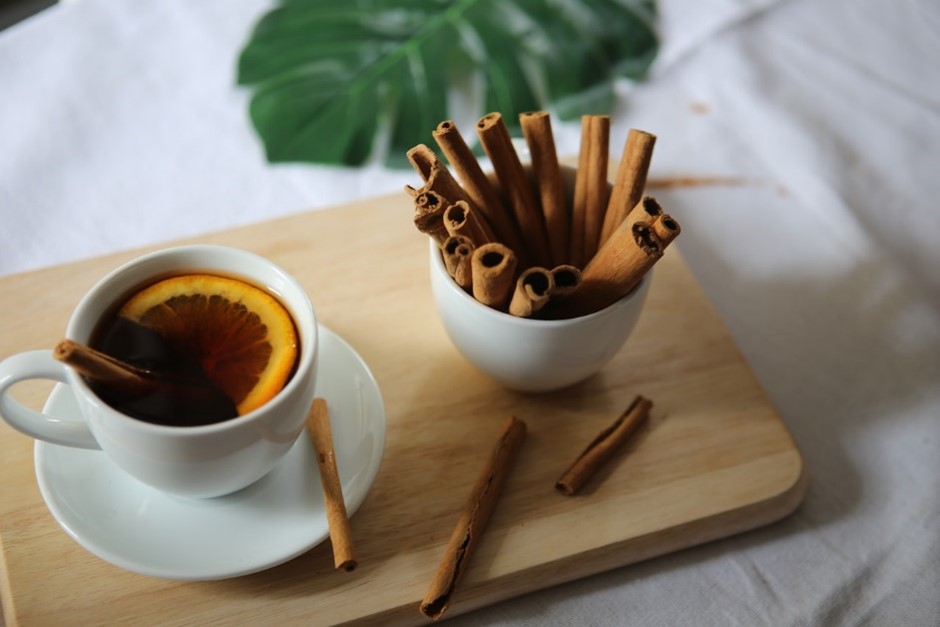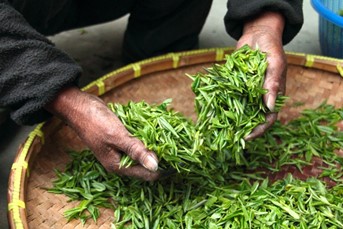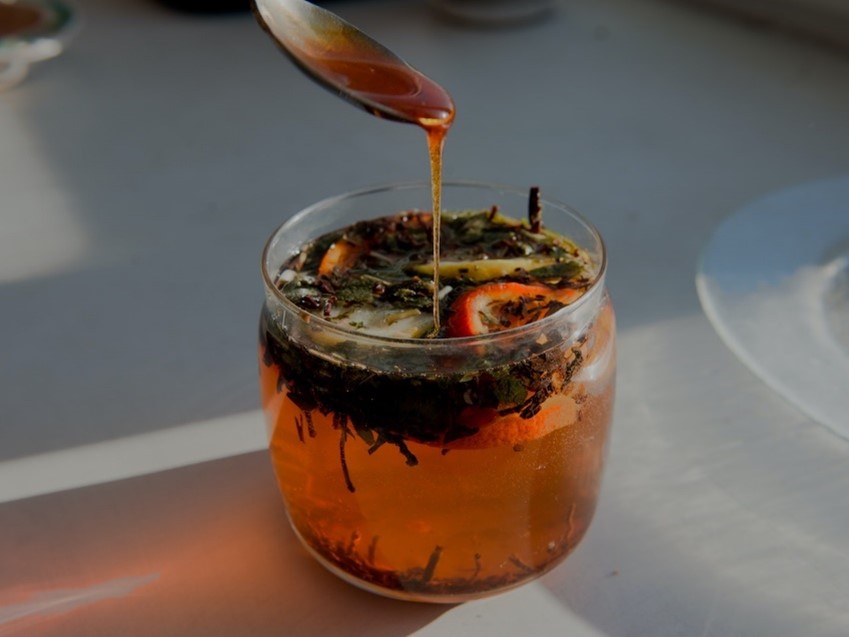

“Spilling the tea” is a popular saying these days – unfortunately, “weighing the tea” never caught on. Still, the method of making and packaging tea leaves is just as interesting as any gossip. This blog will discuss what tea is and how scales are used in the tea production and packaging process.
What is Tea?
Tea is a term for different types of dried and crushed leaves, with or without extra flavoring added. Tea is categorized by how the leaves are prepared as well as what leaves are used. The most common plant used for tea is the camellia sinensis, AKA the tea plant. Camellia sinensis is used to create black, white, oolong, yellow and pu-erh teas. For each type of tea, the leaves are prepared differently. For example, black teas undergo an oxidation process after picking, whereas green teas aren’t oxidized at all. Tea can also be made with other herbs, plants and flowers such as chamomile, mint, rose hip and dandelion, or a few mixed together.
You may not choose a particular tea for its taste, but rather for its health benefits. Chamomile is popularly used as a calming agent, and mint tea can be used for an upset stomach. To make these teas more enjoyable to ingest, other flavors are frequently added in, like orange zest, lemon or cinnamon.

Tea is typically pre-packed into single-serving porous sachets for convenience, though some prefer loose-leaf teas so they can change the strength of their drink as desired. The tea is infused into hot liquid - usually water, though sometimes milk. Add some honey, or leave it plain, to get a delicious and calming beverage.
How exactly do we get from the bush to the teacup? Where do weighing scales come into the picture?
How are Scales Used in the Tea Production Process?
The production of tea is a multi-step process that changes in an extraordinarily wide variety of ways based on the type you’re making. However, all share three steps: they’re harvested, withered and dried. Scales and balances are used in each.
Harvesting
When harvesting tea leaves, keeping track of the total weight is important. First, you’d be able to compare data over time. For example, if the total weight of your harvest is 25% less than last year, you’d be able to identify this discrepancy quickly so you can discover why and adjust in the future. There are many factors that could contribute to a smaller harvest, such as weather conditions or a change in fertilizer, but comparing year to year can help.
Another reason to use a weighing scale during harvest is if the tea farm doesn’t process the leaves themselves. Weighing their total harvest allows for proper and fair payment for their work when they send it to the production facility.

A few different scales are ideal for this application. For large quantities, a hanging scale like the SHS allows for the leaves to be bundled up in a bag or sack and hooked onto the scale for an accurate weight, as long as the container is tared out first. The PT Platform is also useful for selling in bulk on the ground, with its durable construction. Combine the PT with a weighing indicator offering functions suited to your needs, such as checkweighing or parts counting. Our PT platforms, along with our GK indicators, have trade approved models available for selling tea leaves by weight.
A moisture balance, also known as a moisture analyser, is also beneficial for this stage. A moisture analyser like our PMB determines how much moisture is in a particular sample. Leaves that are high in moisture content weigh more. When purchasing leaves from a tea farm supplier, you could end up paying more money for less quantity. Obviously, the goal is to get the best price, so determining the moisture content of the tea leaves will help decide which supplier to use.
Withering and Drying
Withering is the first stage after harvest, where the leaves are softened and the excess water in the leaves is expelled. Once they’re at the proper moisture level, the leaves can be curled and twisted, which makes the tea more desirable from a color and aroma standpoint and helps it along in the chemical process.
Drying is one of the last stages and can be completed on a spectrum of intensities depending on the desired flavor profile. The tea can be roasted, baked or dried naturally by the sun, among other methods. This keeps them from going bad before consumers can get their hands on them in a store because they’ll have a long shelf life.
These two processes are grouped together because they also benefit from the use of a moisture analyser like the PMB. Because the tea leaves need to have a certain percentage of moisture in them to move on to the next step, they must be monitored frequently. A moisture analyzer will allow you to test the leaves at different times during the withering and drying process until the sample has reached the desired moisture level, after which the batch can move on to the next step. Supervising the moisture content of the tea also helps to prevent the growth of mold and other contaminants.
How are Scales Used in the Tea Packaging Process?
Once the tea is ready, it’s time for it to be packaged. Scales come in handy here, too.
Let’s start with the creation of tea bags. The average amount of tea in a bag weighs between 1.5 – 3 grams, but the catch is that not all types of tea weigh the same. Depending on the size of the leaves, how much moisture is left in them, whether they’re left whole or broken into pieces, 1.5 grams looks a lot different when it’s oolong tea vs. white tea. Therefore, weighing instruments such as the Luna Precision Balance will help to determine what the standard tea bag is for each type of tea created. This makes the quality control process much smoother, as it helps maintain standards and save money. Giving away 0.5 grams of extra tea in each bag adds up!

You may have noticed when shopping for tea that many of the boxes display the net weight front and center. The net weight is the weight of the contents inside, excluding the weight of the box itself. This would be determined by placing an empty tea box on a scale, taring it out, and adding in the teabags until the desired weight has been acquired. This also comes into play with loose-leaf tea, as production companies want to ensure that they’re not over or under filling the packages.
Net weight can be displayed rounded to the next whole number or to the first decimal, achievable with a checkweighing scale such as the Cruiser CKT, which allows you to set high and low limits and alerts you when the product is above or below. Net weight is a surprisingly important factor to a consumer, as it allows them to compare to other brands and decide which tea gives them more bang for their buck.
How Are Scales Used at Home?
For some, tea bags are a convenience that they enjoy, as you don’t have to measure out the tea yourself, but others prefer the process of steeping their own loose-leaf tea. In that case, you’ll want to guarantee you get the perfect cup every time by weighing your leaves. This will help you create your own recipe for use in the future. A simple compact scale such as the Core or CBX is perfect for this purpose.

No matter how it’s made, it’s no secret that the right combo can lead you down the road of relaxation – just don’t spill the tea.
If you’ve made your decision, you can head here to fill out a quote request. Still wondering which scale is right for you? Contact us for help.


